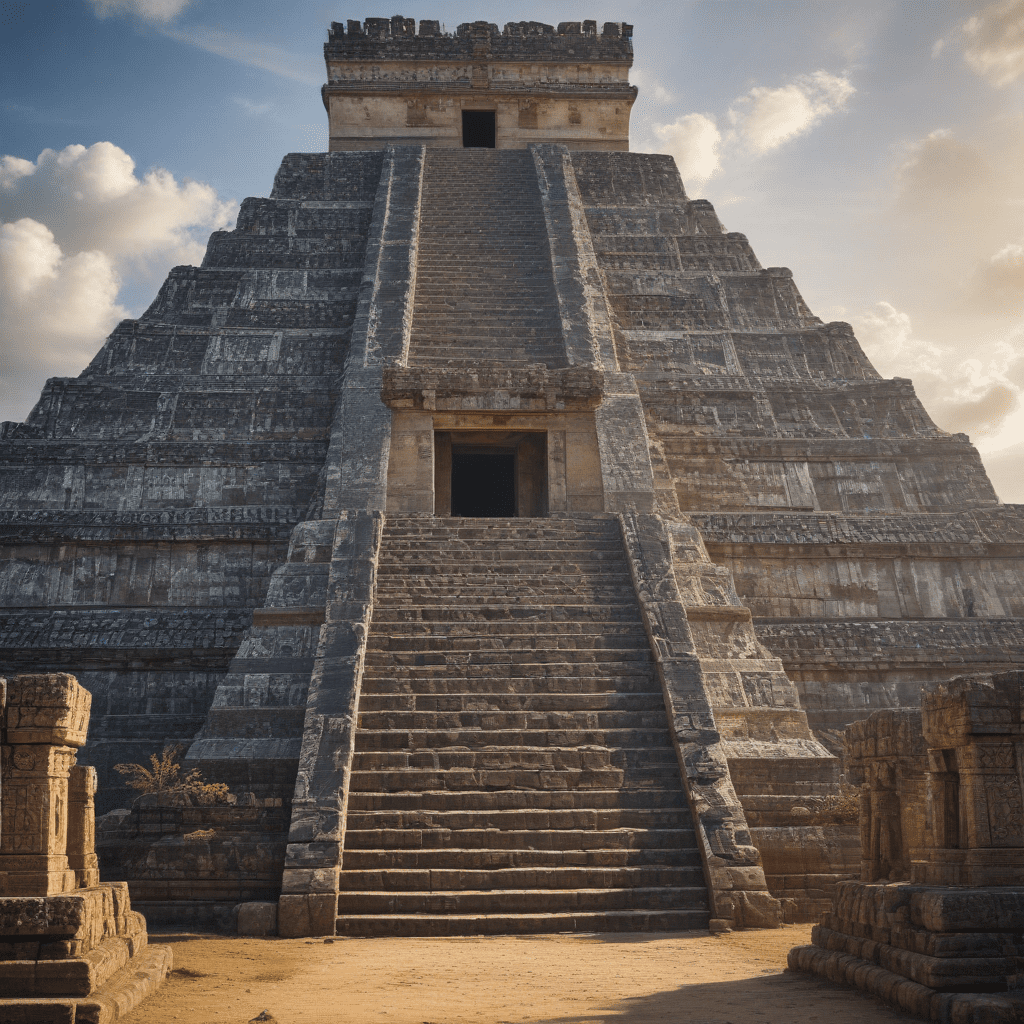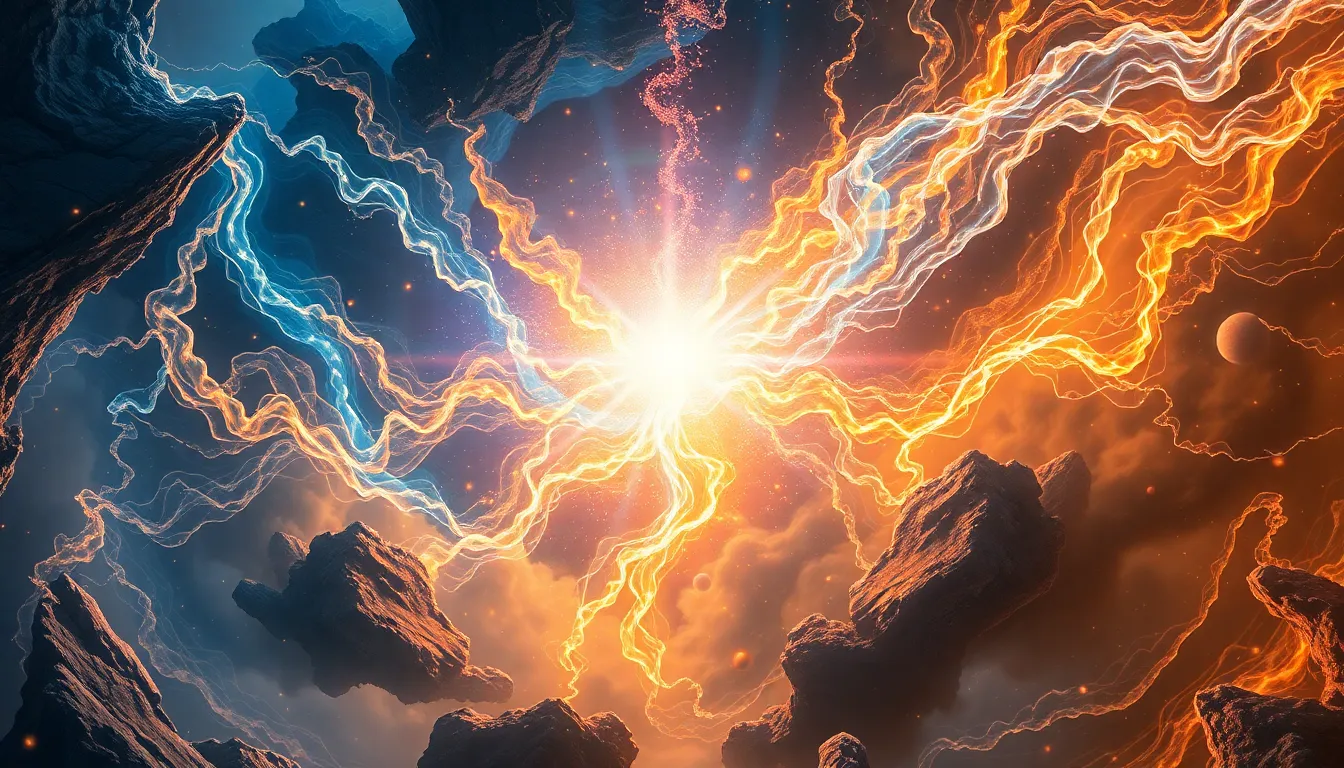The Symbolism of Mayan Temples and Pyramids
A World of Symbolism: Exploring the Meaning Behind Mayan Architecture
Mayan temples and pyramids were not merely structures of stone and mortar; they were intricate tapestries of symbols, metaphors, and celestial narratives woven into the very fabric of their architecture. As we delve into the depths of Mayan cosmology, these structures emerge as profound testaments to the sophisticated understanding of the universe, the deep-seated connection with nature, and the intricate spiritual beliefs that permeated Mayan society.
Reaching for the Heavens: The Significance of Temple Height and Orientation
Reaching towards the heavens, the towering pyramids and temples were tangible representations of a divinely ordained hierarchy. Their lofty heights symbolized the ascent to the celestial realms, bridging the physical world with the dwelling places of deities and ancestors. Often strategically aligned with astronomical events, such as solstices and equinoxes, the placement of these structures underscored the profound connection between the Mayans and the cosmos. The cardinal orientations embodied the sacredness of the four directions, further emphasizing the cyclical nature of life and the interconnectedness of all things.
Animal Guardians and Celestial Portals: The Role of Sculptures and Decorations
The facades of Mayan temples were adorned with an array of intricate sculptures and reliefs, breathing life into their architectural canvas. These enigmatic carvings depicted animal guardians, mythical creatures, and deities, each possessing specific symbolic meaning. Jaguars, with their fierce prowess, often symbolized rulership and power. Quetzalcoatl, the feathered serpent god, embodied the concept of duality and the harmonious union of opposites. These sculptures served not only as artistic embellishments but also as portals to the spiritual realm, inviting communication with the divine and seeking blessings from the celestial guardians.
Mystical Mathematics: Deciphering the Numerical Patterns in Mayan Design
The Mayans possessed a highly developed system of mathematics, which permeated every aspect of their architectural design. From the precise proportions of pyramids to the number of steps leading to temples, numerical patterns held profound significance. The number nine, associated with the underworld, echoed in the nine levels of some pyramids. The number thirteen, symbolizing the heavens, manifested in the thirteen terraces of other structures. Through these meticulous calculations, the Mayans wove mathematical precision into their architecture, reflecting their profound understanding of the universe and its underlying principles.
6. Bridging the Physical and Spiritual: Rituals and Ceremonies within Temple Walls
Within the hallowed chambers of Mayan temples, sacred rituals and ceremonies unfolded, forging a bridge between the earthly realm and the ethereal domain. Offerings were presented to appease the deities, appease ancestors, and seek guidance from the spiritual realm. The beating of drums, the chanting of prayers, and the burning of incense filled the air with an otherworldly aura, transporting participants to a realm beyond the physical senses. These rituals not only served practical purposes but also reinforced the connection between the Mayans and their divine patrons, reaffirming their place within the cosmic order.
7. A Journey Through Time: The Evolution of Mayan Temple Symbolism
The symbolism of Mayan temples evolved over time, reflecting the changing social and political landscape of Mayan civilization. Early temples displayed a strong emphasis on agricultural deities and fertility symbols, mirroring the agrarian nature of Mayan society. As Mayan cities grew in size and complexity, the symbolism shifted to encompass themes of rulership, warfare, and celestial knowledge. This evolution mirrored the increasing power and influence of Mayan rulers, who viewed temples as a means of solidifying their authority and connecting with the divine realm.
8. Theories of Power and Prestige: Linking Architecture to Mayan Rulers
Mayan temple architecture played a pivotal role in reinforcing the authority and prestige of Mayan rulers. The towering pyramids served as visible manifestations of their power, demonstrating their ability to mobilize resources and command the respect of their subjects. The elaborate carvings and sculptures often depicted the rulers themselves, further emphasizing their connection to the gods and their rightful claim to leadership. By associating themselves with monumental architecture, Mayan rulers established their place at the apex of Mayan society, wielding both temporal and spiritual authority.
9. Echoes of the Past: The Enduring Legacy of Mayan Temple Symbolism
The symbolism of Mayan temples continues to resonate today, reminding us of the intricate cosmology, profound connection with nature, and sophisticated mathematical knowledge that characterized Mayan civilization. These structures stand as testaments to the enduring human fascination with the universe, the search for meaning beyond the physical world, and the desire to connect with something greater than ourselves. Their symbolism offers invaluable insights into the past, inspiring us to contemplate the enduring human quest for understanding our place in the cosmos.
10. Unveiling the Secrets: Archaeological Findings and Ongoing Research
The exploration of Mayan temple symbolism continues to be an active area of research, with archaeologists and scholars continuously uncovering new insights into the meaning and purpose of these enigmatic structures. Recent archaeological discoveries have shed light on the complex rituals performed within temple walls, the astronomical alignments of specific buildings, and the hidden messages encoded in their intricate carvings. As research progresses, we continue to unravel the layers of symbolism embedded in Mayan architecture, revealing a deeper understanding of this fascinating civilization and its enduring legacy.
FAQ
What is the most important symbol found in Mayan temples?
There is no single most important symbol, as different symbols held significance depending on the specific temple and its purpose. However, some of the most common and important symbols include the jaguar, the quetzalcoatl, the number nine, and the number thirteen.
How did the Mayans use their temples?
Mayan temples served a variety of purposes, including religious ceremonies, astronomical observations, political gatherings, and even as burial sites for elite individuals.
What are some of the challenges in interpreting Mayan temple symbolism?
One of the biggest challenges is the incomplete nature of the archaeological record. Many temples have been damaged or destroyed over time, and some of their original symbolic elements may have been lost. Additionally, Mayan civilization was diverse, and there were often regional variations in symbolism.



